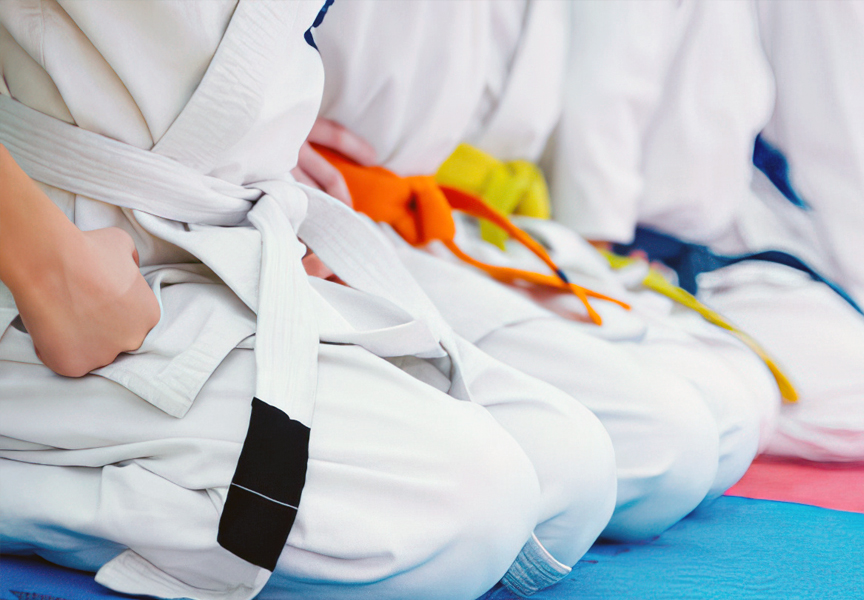Random Free Articles
- The Essential Role of Weapons Training
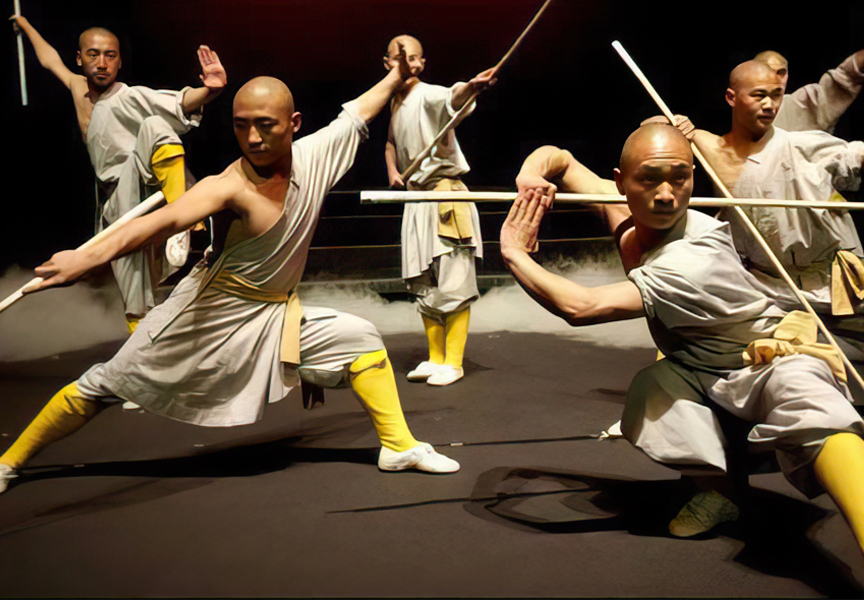
In the vast world of martial arts, traditional Kung Fu stands out not only for its intricate and beautiful movements but also for its profound connection to a variety of ancient weapons. Weapons training is an indispensable component of any traditional Kung Fu style, encompassing not only the aesthetics of movement but also the practical knowledge required to effectively apply techniques in combat situations. This article delves into the…
- Shaolin Kung Fu vs. Sports
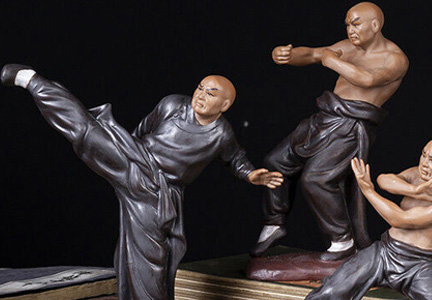
In a world that celebrates athletic prowess and competitive sports, it's easy to overlook the profound distinction between sports and holistic arts like Shaolin Kung Fu. While both require dedication, discipline, and physical conditioning, they serve different purposes and encompass distinct philosophies. Shaolin Kung Fu, deeply rooted in ancient Chinese culture, is a holistic art that encompasses not only physical strength but also…
- Upholding Tradition
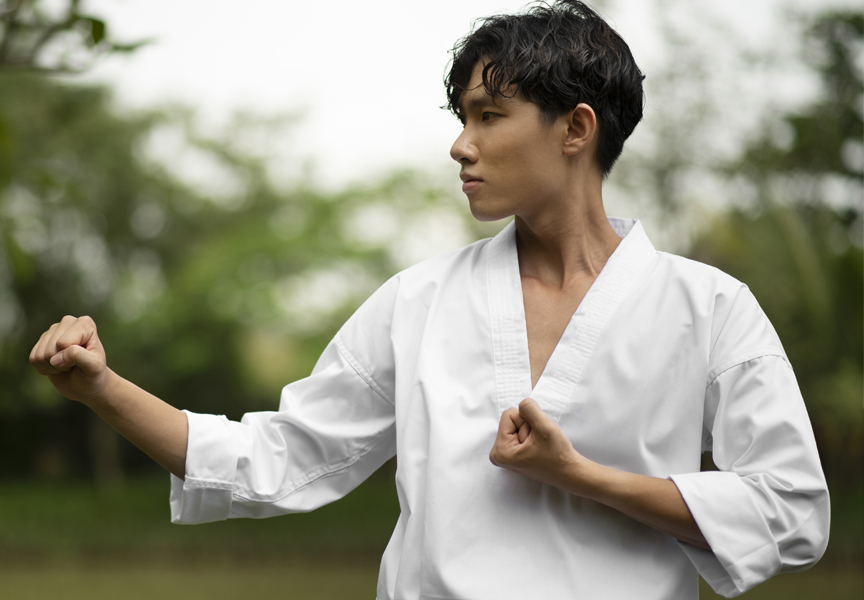
The Responsibility of Practicing Traditional Martial Arts In a world where trends come and go with the blink of an eye, traditional martial arts stand as bastions of timeless wisdom, discipline, and cultural heritage. Rooted in centuries of history and philosophy, these martial arts aren't merely physical disciplines but profound systems of self-improvement and ethical conduct. However, as the popularity of martial arts grows, so does the…
- Unveiling the Mystique of Chan Yuan Gong
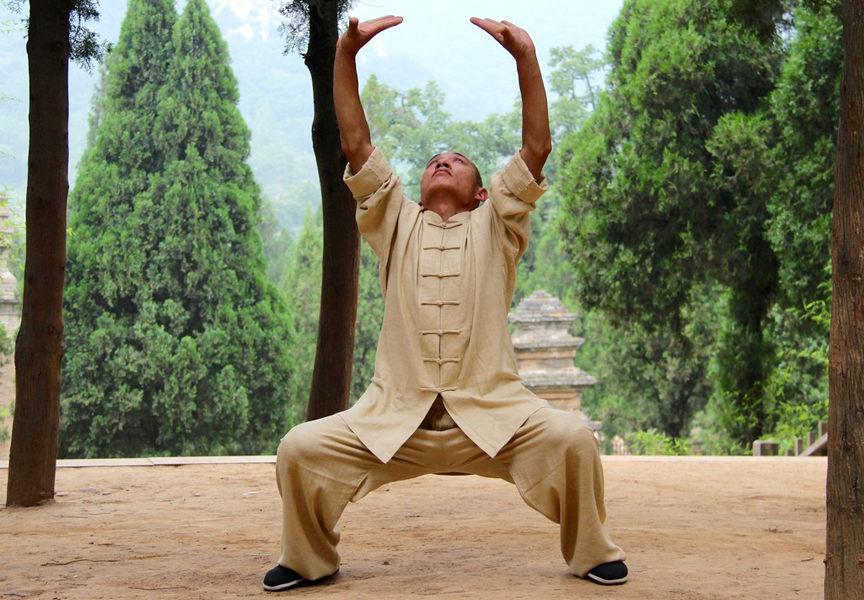
Harmony of Zen, Qi, and Combat Mastery In the heart of the Shaolin Temple's ancient traditions lies Chan Yuan Gong [Chin.: Shàolín chányuán gōng 少林禪圓功], a Qigong set that transcends the boundaries of physical exercise, meditation, and martial prowess. The name, translating to circular movements/exercises of Chan/Zen, encapsulates the essence of this practice that harmonizes the mind, purifies the spirit, and brings a…
- The Transformation of the Humble Bench
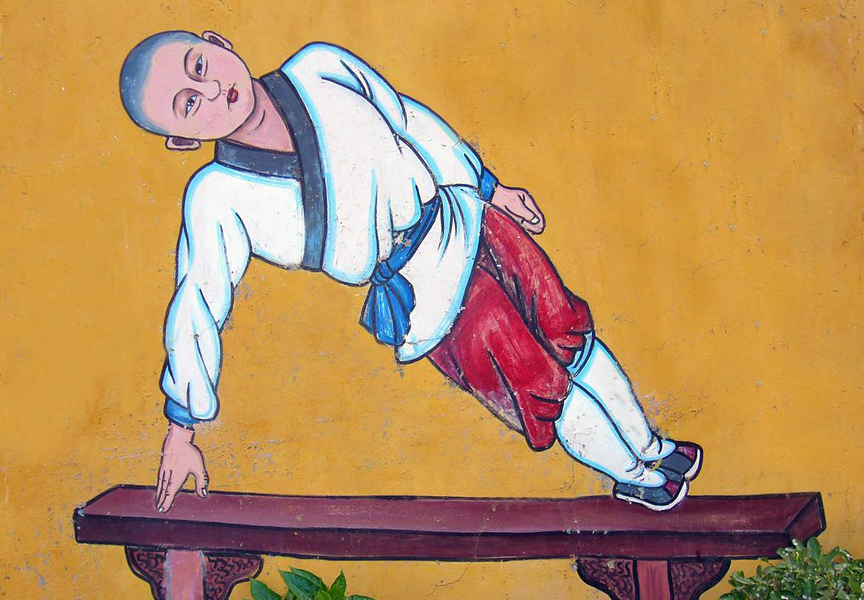
From Seating to Weapon of Choice In the world of martial arts, innovation and adaptability have always played a crucial role in shaping the evolution of combat techniques. One of the most intriguing examples of this phenomenon can be found in the ancient discipline of Shaolin Kung Fu, where the seemingly ordinary bench - Changyi [Chin.: Cháng yǐ 长椅] has been transformed into a formidable weapon of choice. Originally designed for seating,…

